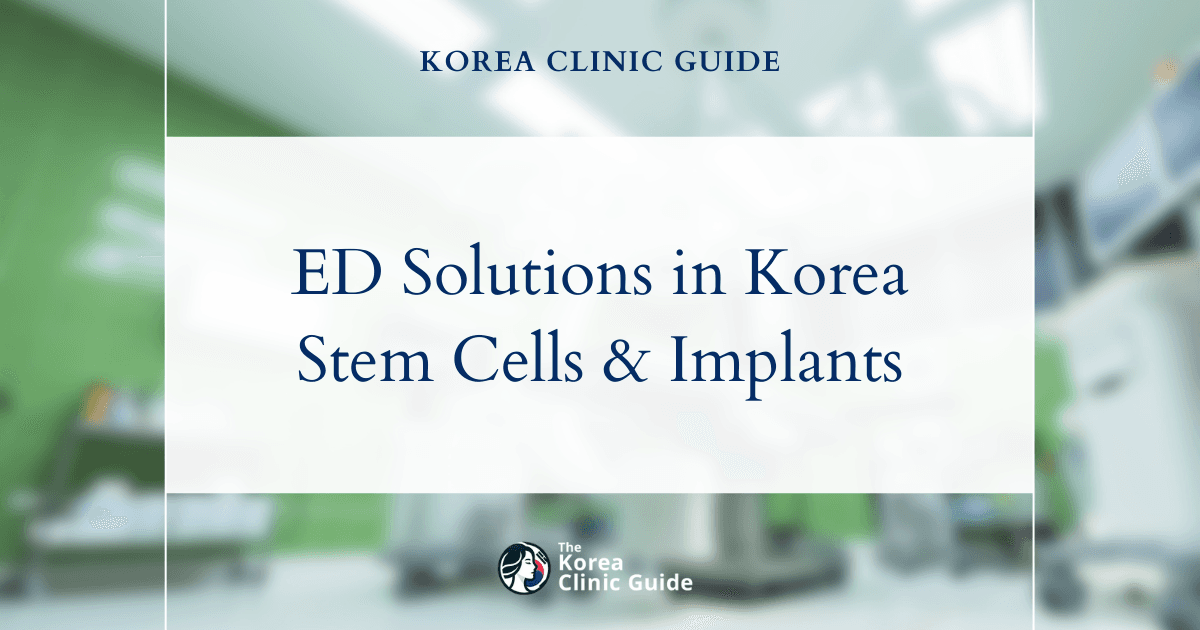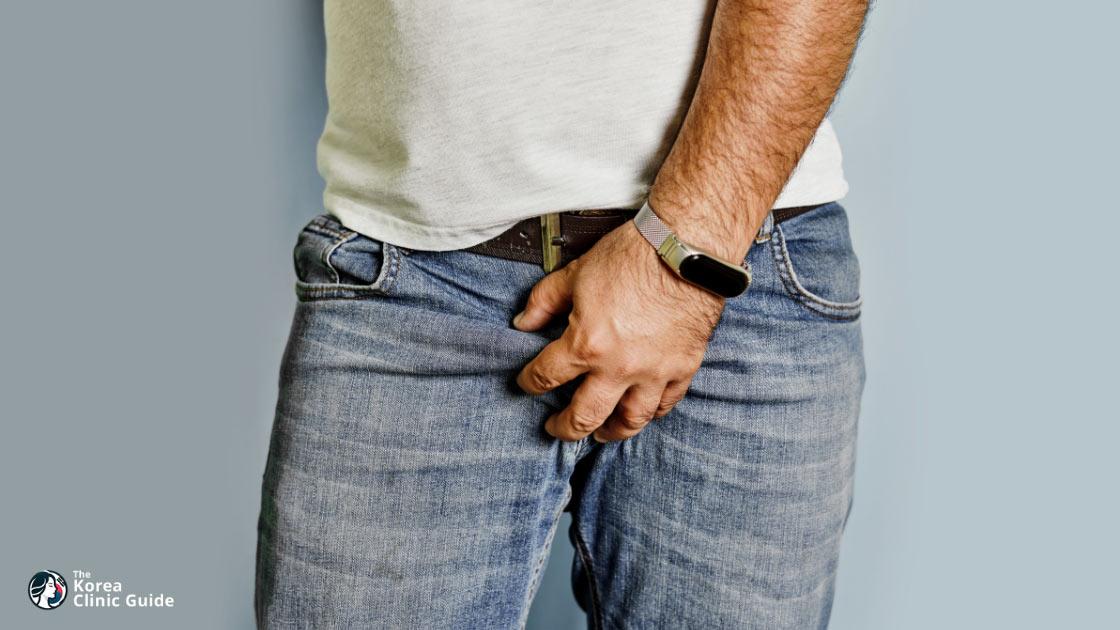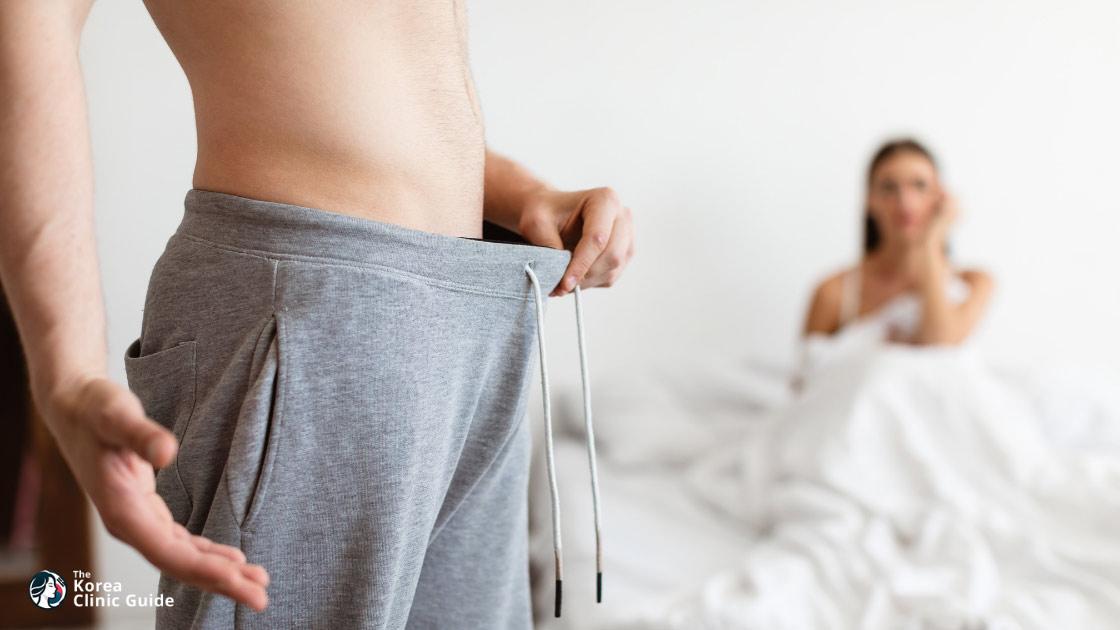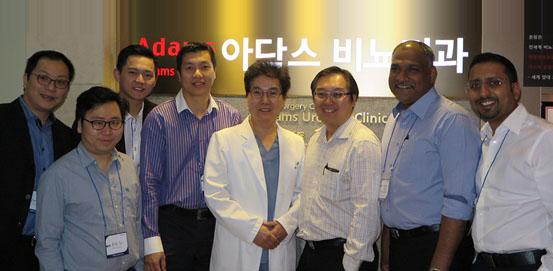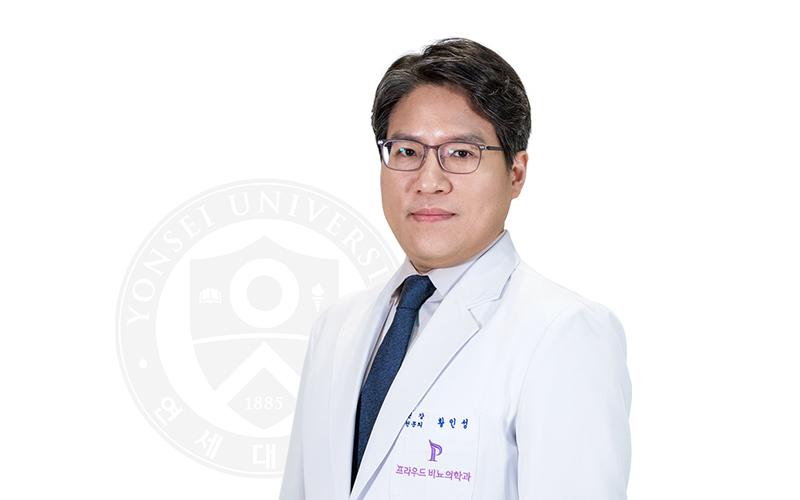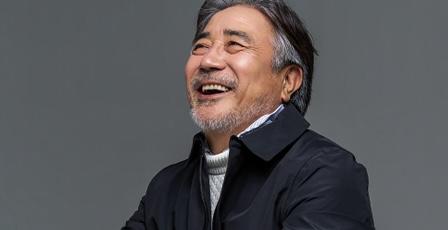Medical Tourism Blog
Achieve Age-Related Length Reduction Solutions with Penis Lengthening Procedures in Korea
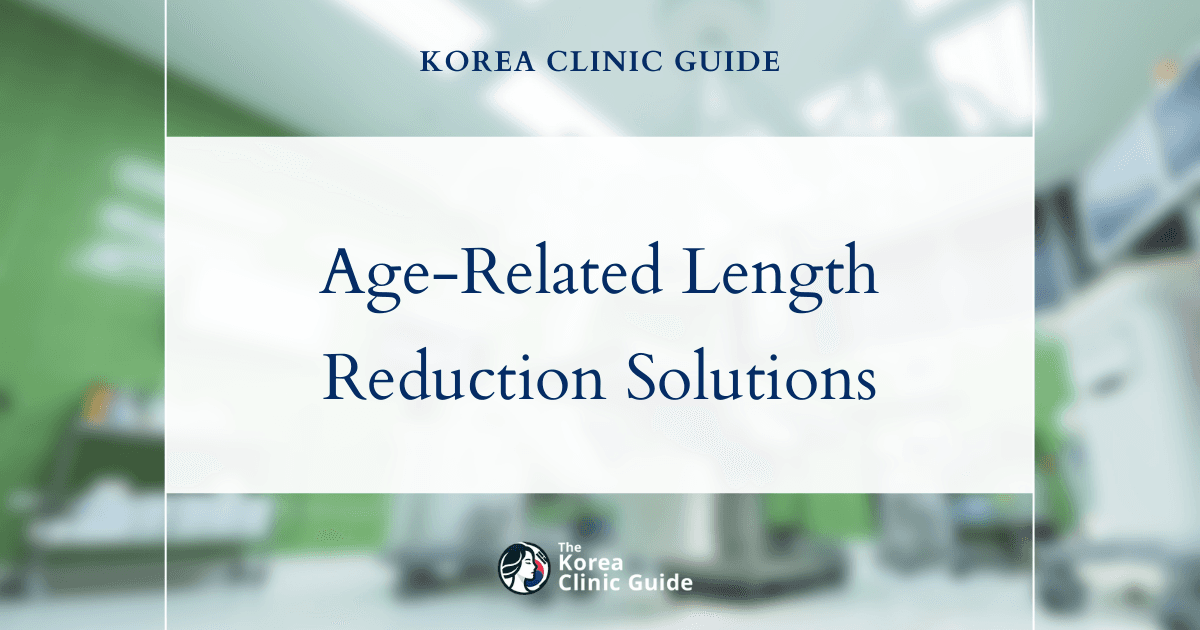
Table of contents
- Understanding Age-Related Penile Length Reduction
- Overview of Penis Lengthening Procedures
- Best Clinics in Korea for Agerelated Length Reduction
- Navigating Penis Lengthening Procedures in South Korea for Medical Tourists
- Patient Experiences and Outcomes for Age-Related Length Reduction
- Conclusion and Recommendations
- References
This report offers clear, evidence-based information for healthcare researchers and advisors who support patients concerned about "age-related length reduction," specifically "penile length decrease with aging." Because this sensitive topic often drives individuals to seek answers online, it’s essential to provide accurate, unbiased, and detailed guidance. Here, we explore the medical reasons behind both perceived and actual penile length changes with age, review various lengthening procedures (non-surgical and surgical), outline the process and costs of undergoing these procedures in South Korea for medical tourism, and evaluate patient experiences to help set realistic expectations.

Understanding Age-Related Penile Length Reduction

What is "Age-Related Length Reduction"?
Many men experience a slight decrease in penile length as they age. This change often starts in their 30s or 40s and becomes more noticeable in their 60s or 70s, sometimes reducing length by half an inch or more. Both flaccid and erect lengths can be affected.
Common Pseudonyms
This condition is commonly called "penis shrinkage," "penile atrophy," or, when linked to significant abdominal weight gain, "buried penis."
Medical Explanations and Contributing Factors
Penile length reduction or its perceived decrease often reflects broader physiological changes and health issues that become more common with age:
- Atherosclerosis: This cardiovascular disease narrows and hardens arteries due to plaque buildup, reducing blood flow to the penis. This can cause loss of smooth muscle cells and collagen, leading to tissue shrinkage and erectile dysfunction (ED). Since the penis has a delicate vascular system, it often signals overall cardiovascular health, so addressing penile concerns usually requires a full health evaluation.
- Low Testosterone: Testosterone naturally declines with age, which can reduce erection size and strength. This hormonal change is linked to penile fibrosis, where smooth muscle cells and tissue elasticity decrease, potentially shrinking erection size by up to six centimeters.
- Obesity and Weight Gain: Excess abdominal fat can make the penis appear shorter by hiding part of the shaft, pulling it inward. The penis itself doesn’t shrink here, but its visible length decreases. This "buried penis" effect can strongly affect self-perception.
- Prostate Surgery (Radical Prostatectomy): Removing the prostate gland can cause mild to moderate penile shortening in 15% to 68% of patients. However, about 60% regain full length within 12 months, especially with consistent use of phosphodiesterase 5 (PDE5) inhibitors.
- Peyronie's Disease (PD): This condition causes fibrous scar tissue under the penile skin, leading to abnormal curvature, pain, difficulty during intercourse, and reduced length and girth.
- Smoking: Chemicals in cigarettes constrict blood vessels, reducing blood flow to the penis, which can damage vessels, impair erections, and contribute to shrinkage.
- Uncontrolled Medical Conditions: Poorly managed hypertension and Type 2 diabetes damage blood vessels and nerves, limiting blood supply to the penis and causing ED and size changes. This highlights how penile health is closely tied to overall systemic health.
- Lack of Regular Erections: Regular erections, including spontaneous or nocturnal ones, maintain the elasticity of erectile tissues. Without them, elastic fibers lose stretchiness, reducing the penis’s ability to expand during erection—a "use it or lose it" principle.
- Repeated Small Injuries/Scar Tissue Buildup: Micro-injuries from sexual activity or sports can accumulate scar tissue, reducing elasticity and limiting erection size.
- Medications: Drugs like finasteride and dutasteride (used for hair loss), anti-hypertensives, and selective serotonin reuptake inhibitors (SSRIs) have been linked to penile shrinkage or reduced blood flow.
Distinction between Actual Shrinkage and Perceived Shrinkage
It’s important to distinguish true physical shrinkage from perceived size loss. Conditions like atherosclerosis or Peyronie's disease cause real tissue changes, while weight gain often leads to perceived shortening by obscuring the penis with fat. Many men also overestimate average penis size and compare themselves to unrealistic images, making psychological factors a major part of distress. Effective counseling should address body image, self-esteem, and realistic expectations before considering invasive procedures.
Overview of Penis Lengthening Procedures
General Disclaimer on Efficacy and Safety
Patients should know that most non-surgical penis enlargement methods lack scientific support. Major medical organizations like the American Urological Association (AUA) and Mayo Clinic do not recommend penis surgery for cosmetic reasons due to unproven safety and efficacy and significant risks. For men with normal function, the chance of serious complications often outweighs cosmetic benefits.
Non-Surgical Approaches
- Pills, Lotions, and Supplements: These often contain unproven vitamins, herbs, or hormones with no scientific backing and potential harm.
- Vacuum Pumps: Used for ED treatment by drawing blood into the penis temporarily, but they don’t provide lasting length increases. Overuse can damage elastic tissue.
- Exercises (e.g., Jelqing): Manual techniques to push blood along the penis lack scientific proof and carry risks like scarring and pain.
- Stretchers and Extenders: Devices applying continuous traction may yield minor length gains but require consistent, long-term use.
- Injectable Fillers: Hyaluronic acid or PMMA injections can temporarily increase girth but may be uneven, reabsorbed (20-80% within a year), or cause scarring and sensation issues.
- Stem Cell Therapy: Experimental and not FDA-approved for penis growth. Claims include promoting new blood vessels and cells, but risks involve tumor growth, bleeding, immune rejection, and infection.
Surgical Interventions
-
Suspensory Ligament Release (Ligamentolysis / Enlargement Phalloplasty):
Cuts the ligament attaching the penis to the pubic bone, allowing more of the shaft to extend outward. This increases visible flaccid length by 1-2 inches (about 2.5 cm) but does not change erect length. Risks include ligament reattachment, unstable erections, ED, sensory changes, and overall shortening. Satisfaction rates range from 30% to 65%. The AUA does not consider it safe or effective. -
Fat Transfer/Grafting (Girth Enlargement Phalloplasty):
Fat is liposuctioned from another body part and injected or grafted under penile skin to increase girth. Results are often disappointing due to fat reabsorption (20-80%), uneven shape, scarring, and sensation problems. The AUA also does not endorse this procedure. -
Tissue Grafts and Flaps:
Skin and fat from other body areas are sewn onto the penis for length or girth increase. These carry high risks of infection, scarring, disfigurement, and erectile dysfunction, with no proven safety or efficacy. -
Penile Implants (e.g., Penuma®, semi-rigid, inflatable):
Implants like Penuma® (a silicone sleeve) are FDA-approved for cosmetic deformities and to enhance flaccid girth and length. Penuma® increases flaccid length by 2.5 cm (44%) and girth by 3.1 cm (32%), with 82% patient satisfaction. Risks include seroma (12%), infection, scarring, revision (7%), and removal (3-6%). Circumcision is required. -
Full Phalloplasty:
Combines lengthening and girth augmentation in one surgery.
General Considerations for Procedures
Most medical organizations do not endorse cosmetic penis surgery due to lack of strong evidence and significant risks, including loss of sensation, ED, scarring, deformity, and even loss of original length. Patients must weigh cosmetic gains against potential functional harm. Preserving existing function and sensation should be the priority.
Best Clinics in Korea for Agerelated Length Reduction
Listed below are the best clinics in Korea for agerelated length reduction:
| Clinic Name | Key Features | Special Techniques |
|---|---|---|
| Stantop Urology & Andrology | Comprehensive expertise in age-related length reduction, separate consultation/treatment rooms for men and women, VIP personalized care, recognized by KBS, trusted by 100,000+ patients with 40,000+ surgeries | Penile enlargement, glans enhancement, surgical and non-surgical penile lengthening, inflatable and malleable implants, stem cell therapy, shockwave therapy, thorough STD check-ups, prostate health services |
| GoldMan Urology Clinic - Gangnam | Patient-oriented approach, advanced minimally invasive techniques, biocompatible and autologous materials, comprehensive aftercare, highly trained specialists, prioritizes comfort and privacy, integrates latest medical technologies | Direct glans augmentation, artificial derma, autologous derma, silicone implants, injectable fillers |
| Proud Urology Clinic | JCI-accredited, specialized in men’s enhancement, multidisciplinary experienced team, comprehensive care from consultation to follow-up, state-of-the-art equipment, discreet and supportive environment, wide range of related services | Advanced penis enlargement surgeries, erectile dysfunction surgery, penile curvature correction, body sculpting |
Stantop Urology & Andrology
StanTop Urology & Andrology Clinic stands out as the premier destination for addressing age-related length reduction in Korea, thanks to its comprehensive expertise, advanced treatment options, and unwavering commitment to patient comfort and privacy. As a specialized medical institution, StanTop offers a full spectrum of urological and andrological services, including penile enlargement, glans enhancement, and both surgical and non-surgical penile lengthening procedures. The clinic’s dedication to individualized care is evident in its separate consultation and treatment rooms for men and women, ensuring a comfortable and discreet environment. With innovative solutions for erectile dysfunction—such as inflatable and malleable implants, stem cell therapy, and shockwave therapy—alongside thorough STD check-ups, prostate health services, and VIP personalized care, StanTop delivers holistic support for men’s health concerns. Recognized by KBS and trusted by over 100,000 patients with more than 40,000 successful surgeries, StanTop Urology & Andrology Clinic combines cutting-edge medical technology with a patient-centered approach, making it the best choice for those seeking effective and confidential treatment for age-related length reduction in Korea.
You can check out their website here: Stantop Urology & Andrology Website
GoldMan Urology Clinic - Gangnam
GoldMan Urology Clinic, located in Gangnam, Yangjae, is a leading center for advanced urological care in Korea. Renowned for its patient-oriented approach, the clinic offers a comprehensive range of cutting-edge procedures designed to maximize postoperative satisfaction while minimizing complications and side effects. With a team of experienced specialists and a commitment to innovation, GoldMan Urology Clinic stands out as the premier destination for those seeking effective solutions for age-related length reduction and other urological concerns.
Key reasons why GoldMan Urology Clinic is the best choice for age-related length reduction:
- Offers a variety of penile augmentation procedures, including direct glans augmentation, artificial derma, autologous derma, silicone implants, and injectable fillers, allowing for personalized treatment plans.
- Utilizes advanced, minimally invasive techniques to ensure natural results, reduced recovery times, and minimal risk of complications.
- Employs biocompatible and autologous materials to enhance safety and achieve a natural look and feel.
- Focuses on maximizing both aesthetic and functional outcomes, improving patient confidence and quality of life.
- Provides comprehensive aftercare and follow-up to ensure long-term satisfaction and optimal results.
- Staffed by highly trained urology specialists with extensive experience in treating age-related penile changes.
- Prioritizes patient comfort, privacy, and convenience throughout the treatment process.
- Integrates the latest medical technologies and evidence-based practices for superior outcomes in urological health.
Find more about this clinic here: GoldMan Urology Clinic - Gangnam Website
Proud Urology Clinic
Proud Urology Clinic, founded in 2016, stands at the forefront of men’s health and enhancement in Korea, offering a comprehensive range of specialized procedures with a commitment to excellence and patient safety. Accredited by the prestigious Joint Commission International (JCI), the clinic is staffed by a team of highly trained professionals dedicated to delivering outstanding care and results. Proud Urology Clinic has become a trusted destination for men seeking solutions for age-related length reduction and other urological concerns, thanks to its advanced techniques, patient-centered approach, and proven track record.
Why Proud Urology Clinic is the best choice for Age-related Length Reduction:
- JCI-accredited facility ensuring international standards of safety and quality.
- Specialized expertise in men’s enhancement procedures, including advanced penis enlargement surgeries tailored to address age-related length reduction.
- A multidisciplinary team of experienced urologists and surgeons with extensive training in the latest surgical and non-surgical techniques.
- Comprehensive care, from initial consultation and diagnosis to post-procedure follow-up, ensuring optimal outcomes and patient satisfaction.
- State-of-the-art equipment and modern surgical suites designed for precision, comfort, and safety.
- Discreet, confidential, and supportive environment focused on patient dignity and well-being.
- Wide range of related services, including erectile dysfunction surgery, penile curvature correction, and body sculpting, allowing for holistic and personalized treatment plans.
- Proven success in restoring confidence and quality of life for men experiencing age-related changes.
With its unwavering dedication to innovation, safety, and patient-centered care, Proud Urology Clinic is the premier destination for men seeking effective solutions for age-related length reduction in Korea.
Find more about this clinic here: Proud Urology Clinic Website
Navigating Penis Lengthening Procedures in South Korea for Medical Tourists
The Process for Medical Tourists
South Korea is a leading destination for medical tourism, known for advanced facilities and skilled surgeons. The typical process includes:
- Pre-Travel Preparations: Research and planning are essential. Many clinics offer virtual consultations to discuss needs, review medical history, and set expectations. Patients submit records and undergo preliminary assessments remotely.
- Arrival in Korea: Clinics often provide airport pickup and transport to accommodations near medical centers, easing travel stress.
- Initial Consultation and Pre-Operative Assessments: In-person exams and detailed discussions about risks, benefits, and recovery occur. Tests like blood work and imaging ensure readiness for surgery.
- The Procedure: Techniques vary—ligamentolysis, grafting, or implants—tailored to patient anatomy and goals. Surgery duration depends on complexity.
- Post-Operative Care: Patients stay in private recovery suites with close monitoring. Pain management, infection prevention, and wound care are priorities. Instructions cover hygiene, medications, and activity restrictions (no vigorous exercise for weeks, no sex for about 60 days).
- Follow-Up Visits: Multiple follow-ups monitor healing. Virtual visits are common after patients return home.
- Language and Cultural Considerations: Many staff speak English; professional translators may help outside clinical settings. Korean hospitality ensures a respectful, supportive environment.
- Sightseeing and Recovery: Light cultural activities are allowed within medical advice limits, offering a pleasant recovery distraction.
Costs in South Korea
South Korea offers advanced care at competitive prices:
- General Penis Lengthening (Ligamentolysis, Fat Transfer, Skin Grafts): ₩2,500,000 to ₩10,000,000 KRW (~$1,720 to $6,880 USD).
- Penile Implants (e.g., Silicone Implant): $7,000 to $15,000 USD (~₩10,173,000 to ₩21,802,000 KRW).
- Inclusions: Costs usually cover private recovery suites, pre-op tests, and follow-ups (including virtual for international patients).
- Deposit: Clinics typically require a 10% upfront deposit.
- Cost Factors: Surgeon expertise, clinic reputation, and procedure complexity influence pricing.
Comparison with Other Countries (for Medical Tourists)
| Country | General Penis Enlargement Cost (USD) | Ligament Transection Cost (USD) | Fat Transfer/Filler Cost (USD) | Penile Implant Cost (USD) | Notes |
|---|---|---|---|---|---|
| South Korea | $1,720 - $6,880 | Included | Included | $7,000 - $15,000 | Includes recovery suite, pre-op assessments, follow-ups; 10% deposit required |
| USA | $10,000 - $20,000 | $15,000 - $25,000 | $1,000 - $9,000 | $12,000 - $20,000 | Out-of-pocket costs; insurance may affect; package pricing common |
| Mexico | $4,225 - $4,730 | $3,100 - $3,500 | Included | $5,400 - $20,000 | Often includes accommodation, transport, medical evaluations, post-op care |
| Turkey | $3,500 - $6,000 | Not specified | Not specified | $6,509 - $10,600 | Prices often include hospitalization, meals, transport |
| Thailand | $1,150 - $3,850 | Not specified | $2,500 - $3,200 | $2,957 - $9,800 | Includes anesthesia, stay, rehabilitation; quality varies |
| Great Britain | $6,600 | $15,000 - $25,000 | Not specified | $11,500 - $23,000 | Phalloplasty ~$8,000; consistent healthcare standards |
| Australia | Not specified | Not specified | Not specified | $10,000 - $20,000 | Medicare rebates and insurance may offset costs |
| India | Not specified | Not specified | Not specified | $3,000 - $8,000 | Hospital fees, post-op care, medications typically included |
Additional Medical Tourist Expenses for South Korea
| Expense Category | Estimated Cost Range (USD) | Notes |
|---|---|---|
| Airfare | $600 - $1,200 | Depends on departure location, season, booking time |
| Accommodation | $40 - $200+ per night | From budget to luxury; Seoul mid-range $50-$150 per night |
| Local Transportation | $1 - $3+ per ride | Public transit is affordable; taxis start around $3 |
| Meals & Daily Expenses | $30 - $50 per day | Affordable dining options available |
| Travel Insurance | 4% - 10% of trip cost | Recommended for medical procedures abroad |
| Visa & Entry | Varies | Check current requirements and fees |
| Miscellaneous | Varies | Includes pre-travel consultations, SIM cards, sightseeing |
Patient Experiences and Outcomes for Age-Related Length Reduction
Realistic Expectations and Psychological Impact
Up to 45% of men desire a larger penis, but 84% of female partners report satisfaction with their partner’s size. This gap suggests psychological factors play a large role in dissatisfaction. Unrealistic expectations often lead to disappointment after surgery. Patients with psychological issues may not benefit from invasive procedures. Thorough counseling is essential to address body image and set realistic goals, as satisfaction depends on physical changes and psychological well-being.
Outcomes of Lifestyle Changes
Lifestyle improvements can effectively reverse perceived or actual shrinkage, especially when caused by modifiable factors:
- Quitting Smoking: Improves blood vessel health, blood flow, erections, and confidence.
- Maintaining Healthy Weight: Prevents "buried penis" by reducing abdominal fat and improves circulation.
- Managing Chronic Conditions: Controls diabetes and hypertension to protect blood vessels and nerves.
- Staying Physically and Sexually Active: Regular erections maintain tissue elasticity, supporting penile health.
Outcomes Post-Prostatectomy
Penile shortening affects 15% to 68% of patients after radical prostatectomy but often improves over time. About 60% regain full length within 12 months, especially with PDE5 inhibitors and early vacuum erection device use. Despite objective measures, 5-30% to 72% of patients may still perceive shrinkage, highlighting the importance of psychological support and expectation management.
Outcomes for Peyronie's Disease
Treatment focuses on correcting curvature and improving function, sometimes at the expense of length. The goal is functional improvement rather than length restoration.
Surgical Patient Satisfaction (General Procedures)
Satisfaction rates for suspensory ligament release and fat injection range from 30% to 65%. Fat injections often disappoint due to fat reabsorption and uneven results. Some men with psychological issues remain dissatisfied despite surgery. The high risk of complications and limited benefits suggest caution.
Penuma Implant Outcomes (Specific)
Penuma® implants increase flaccid length by 2.5 cm (44%) and girth by 3.1 cm (32%). Patient satisfaction is high (82%), with 75% willing to repeat surgery. It mainly improves flaccid appearance, not erect length or ED. Complications include seroma (12%), infection, scarring, revision (7%), and removal (3-6%). Circumcision is required.
Important Considerations and Complications
Penis enlargement surgery is rarely medically necessary and carries risks such as bruising, bleeding, swelling, shape changes, pain, infection, scarring, loss of sensation, and disabling deformities. Severe complications may require complex reconstructive surgery. Recovery involves 30 days without intense activity and 60 days without sexual activity. Anesthesia risks include heart rhythm issues, allergic reactions, confusion, and awareness during surgery, with higher risks for patients with sleep apnea.
Conclusion and Recommendations
Age-related penile length reduction is common and often linked to normal aging or treatable health and lifestyle factors. Many non-surgical methods lack evidence and may be risky. Surgical lengthening procedures are generally not medically necessary, carry significant risks, and have mixed patient satisfaction. Success depends on realistic expectations and psychological well-being as much as physical changes.
Patients and advisors should prioritize thorough medical evaluation, embrace lifestyle changes, set realistic goals, exercise caution with procedures, and carefully vet clinics—especially when considering medical tourism in South Korea. Informed decisions based on accurate information and realistic expectations are key to managing concerns about age-related penile length reduction.
References
1, 2, 3, 4, 5, 6, 7, 8, 9, 10, 11, 12, 13, 14, 15, 16, 17, 18, 19, 20, 21, 22, 23

